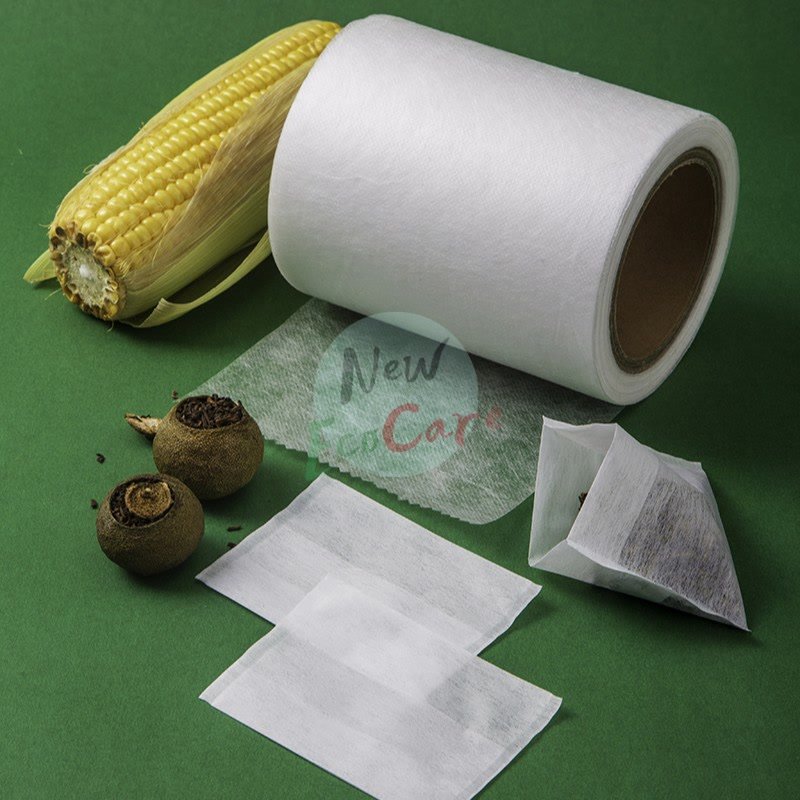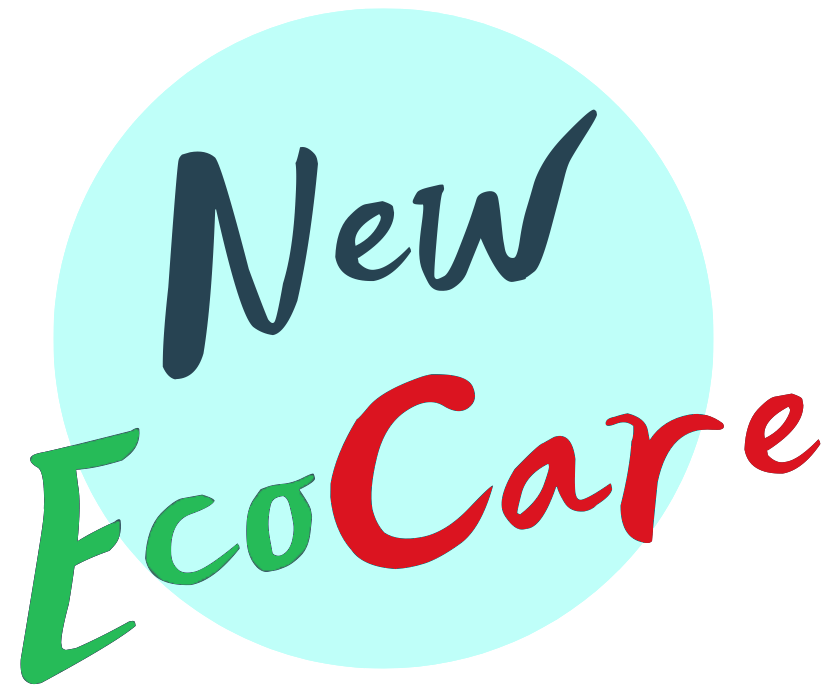As sustainability continues to shape the hygiene industry, diaper brands and sourcing managers are under increasing pressure to find eco-friendly alternatives without compromising performance. One material that’s gaining serious attention in this space is PLA nonwoven fabric—a plant-based, biodegradable material that checks both the performance and sustainability boxes.
Em Xiamen New EcoCare, we’ve been closely following the evolution of PLA nonwoven and its applications in baby diaper manufacturing. Here’s everything you need to know, tailored specifically for diaper brands and OEM/ODM buyers looking to stay ahead of the curve.
Índice
What is PLA Nonwoven Fabric?
PLA stands for polylactic acid, a biodegradable polymer made from fermented plant starch—commonly from corn or sugarcane. PLA nonwoven fabric is produced through a spunbond or meltblown process, just like traditional synthetic nonwovens, but the key difference lies in the raw material: PLA is bio-based, renewable, and decomposable under the right composting conditions.
What makes PLA nonwoven especially appealing for baby diapers is that it offers comfort, hygiene, and environmental benefits all at once.

Why PLA Nonwoven is Gaining Popularity in Diapers
1. Biodegradability That Meets Growing Eco Demands
As of 2024, over 60% of global consumers are actively seeking out environmentally friendly products (Statista, 2024). PLA nonwoven can decompose into water and CO₂ in industrial composting environments, which makes it a far more sustainable choice compared to petroleum-based materials like polypropylene (PP). This makes it an attractive selling point for diaper brands marketing to eco-conscious parents.
2. Renewable and Low Carbon Footprint
PLA nonwoven is made from plant-based sources, meaning it doesn’t rely on fossil fuels. In fact, the carbon emissions of PLA production are estimated to be 75% lower than conventional plastics (European Bioplastics Association, 2023). On top of that, PLA’s base material—starch—has a short renewal cycle, often just 1–2 years, and helps absorb CO₂ through photosynthesis.
Key Performance Benefits for Diapers
As a diaper manufacturer, we know performance is just as important as sustainability. Here’s how PLA nonwoven holds up in real-world use:
1. Softness and Breathability
Babies have delicate skin, and comfort is a top priority. PLA nonwoven offers a naturally soft touch and excellent breathability. This helps reduce the risk of heat rash or discomfort, especially in warmer climates or during prolonged use. For the top sheet of diapers, PLA nonwoven ensures a dry and gentle surface.
2. Moisture Management
The moisture-wicking ability of PLA nonwoven is a standout feature. It absorbs liquid quickly and evenly, then transfers it to the absorbent core, keeping the skin dry. This reduces the chance of diaper rash and helps improve the overall performance rating of your diaper product.
3. Built-in Antibacterial Properties
PLA has a slightly acidic surface (around pH 6), which inhibits the growth of some common bacteria. This makes it a great candidate for hygiene applications. In baby diapers, this contributes to a cleaner and more skin-friendly environment.
4. UV Resistance and Thermal Stability
PLA nonwoven resists UV degradation better than some other biodegradable materials. It also holds its shape well under normal diaper processing conditions, making it compatible with high-speed production lines.
Where to Use PLA Nonwoven in Diapers
At Xiamen New EcoCare, we’ve integrated PLA nonwoven into various parts of diaper construction:
Folha superior (camada interior): Soft, breathable, and comfortable against the baby’s skin. Helps wick moisture away and provides a hygienic surface.
Folha posterior (camada exterior): When laminated with breathable film, PLA nonwoven acts as an eco-friendly protective barrier.
Acquisition and Distribution Layer (ADL): Though less common, some manufacturers are testing PLA nonwoven for use in ADL due to its capillary action and distribution properties.
By using PLA nonwoven in the top and/or back sheet, diaper brands can market their product as partially biodegradable—offering clear environmental benefits while maintaining core functionality.
Challenges You Should Know
1. Mechanical Strength
PLA fibers tend to have lower tensile strength than traditional PP fibers. This can affect the durability and tear resistance of the fabric. However, recent advances in spinning technology and PLA blending have narrowed this gap significantly.
2. Custo
PLA nonwoven is currently more expensive than PP or PE nonwoven. But as demand grows and production scales up, costs are gradually coming down. Brands investing in sustainability now are likely to benefit from early differentiation and long-term consumer loyalty.
Market Trends & Regulatory Push
Certificações: PLA nonwoven can qualify for OK Compost, OK Biobased, USDA Biopreferrede EN 13432 certifications. This helps validate your environmental claims and improve transparency for B2B or B2C buyers.
Policy Support: In Europe, Canada, and parts of Asia, regulations are increasingly restricting the use of single-use plastics. Using biodegradable materials like PLA can help brands stay compliant and avoid regulatory hurdles in export markets.
R&D Investment: As of early 2025, several material companies have launched enhanced PLA blends that improve strength and softness. Some brands are combining PLA with other biodegradable materials like PBAT or Tencel to optimize performance.
Why Xiamen New EcoCare Offers PLA Solutions That Work
As a professional OEM/ODM manufacturer of baby diapers, we understand how important it is for your product to deliver both performance and brand values. That’s why we’ve added PLA nonwoven options to our product development line. We offer:
Customization for PLA-based top sheets or back sheets
Blended nonwoven formulations for enhanced durability
Biodegradable packaging options to complement your product
Product consultation to help you balance cost and sustainability
Whether you’re looking to launch a premium green diaper line or gradually integrate biodegradable elements, our team can support you from sourcing to production.
Final Thoughts: Is PLA Nonwoven Right for Your Diaper Brand?
If your brand values eco-conscious innovation and wants to appeal to today’s sustainability-minded consumers, PLA nonwoven is worth serious consideration. While it may come with a higher initial cost, it adds real value to your product positioning—and may help you tap into fast-growing markets that are demanding green alternatives.
Em Xiamen New EcoCare, we’re committed to helping our partners lead the future of hygiene products with high-performance, sustainable solutions. If you’re exploring biodegradable diaper options, let’s talk about how PLA nonwoven can work for your brand.
Ready to upgrade your diaper line with PLA nonwoven fabric?
Reach out to Xiamen New EcoCare for samples, quotes, or OEM customization support.


